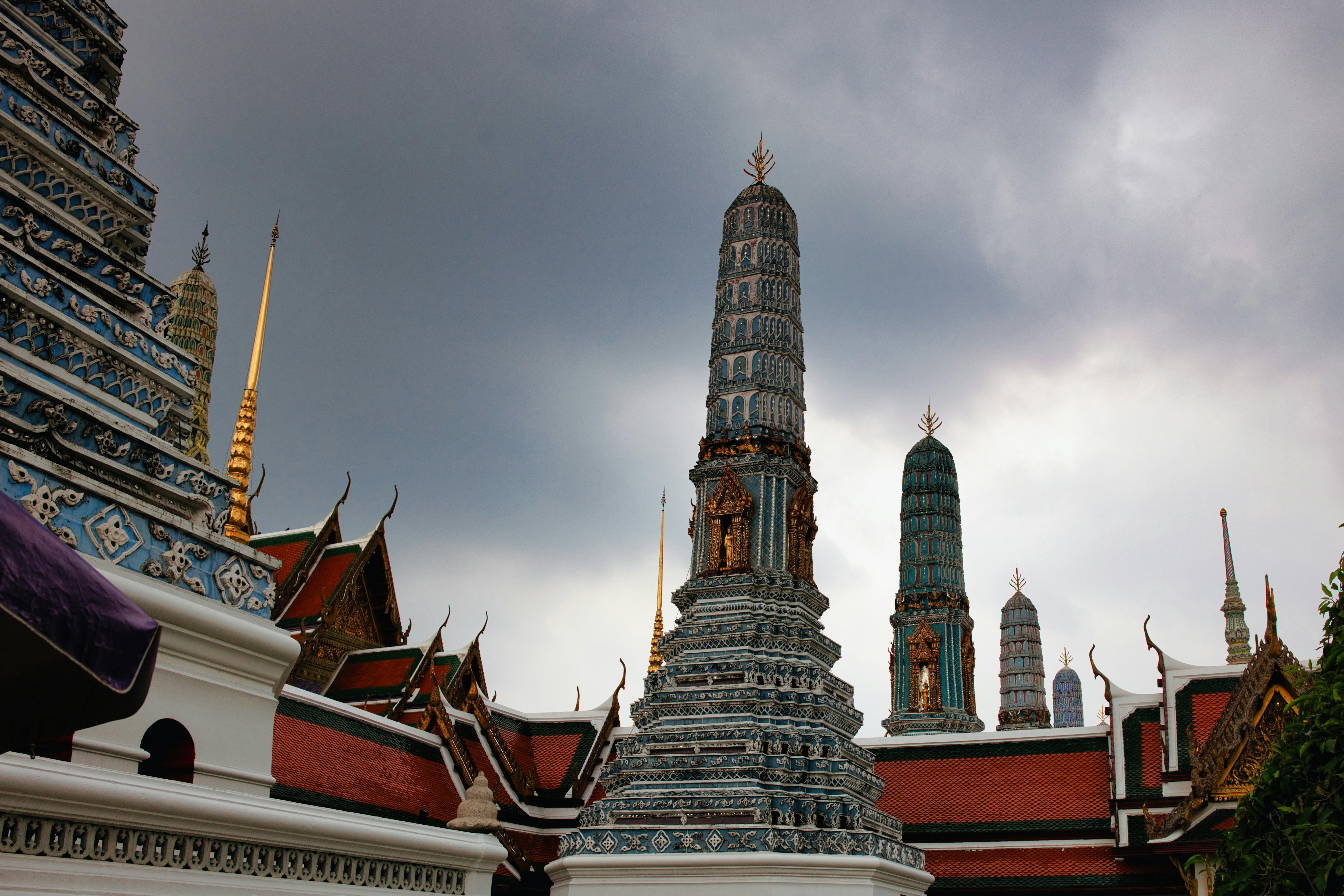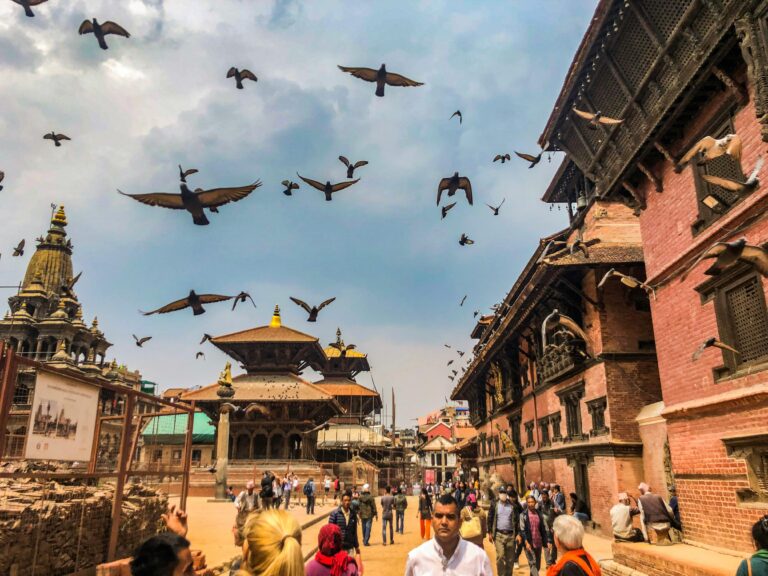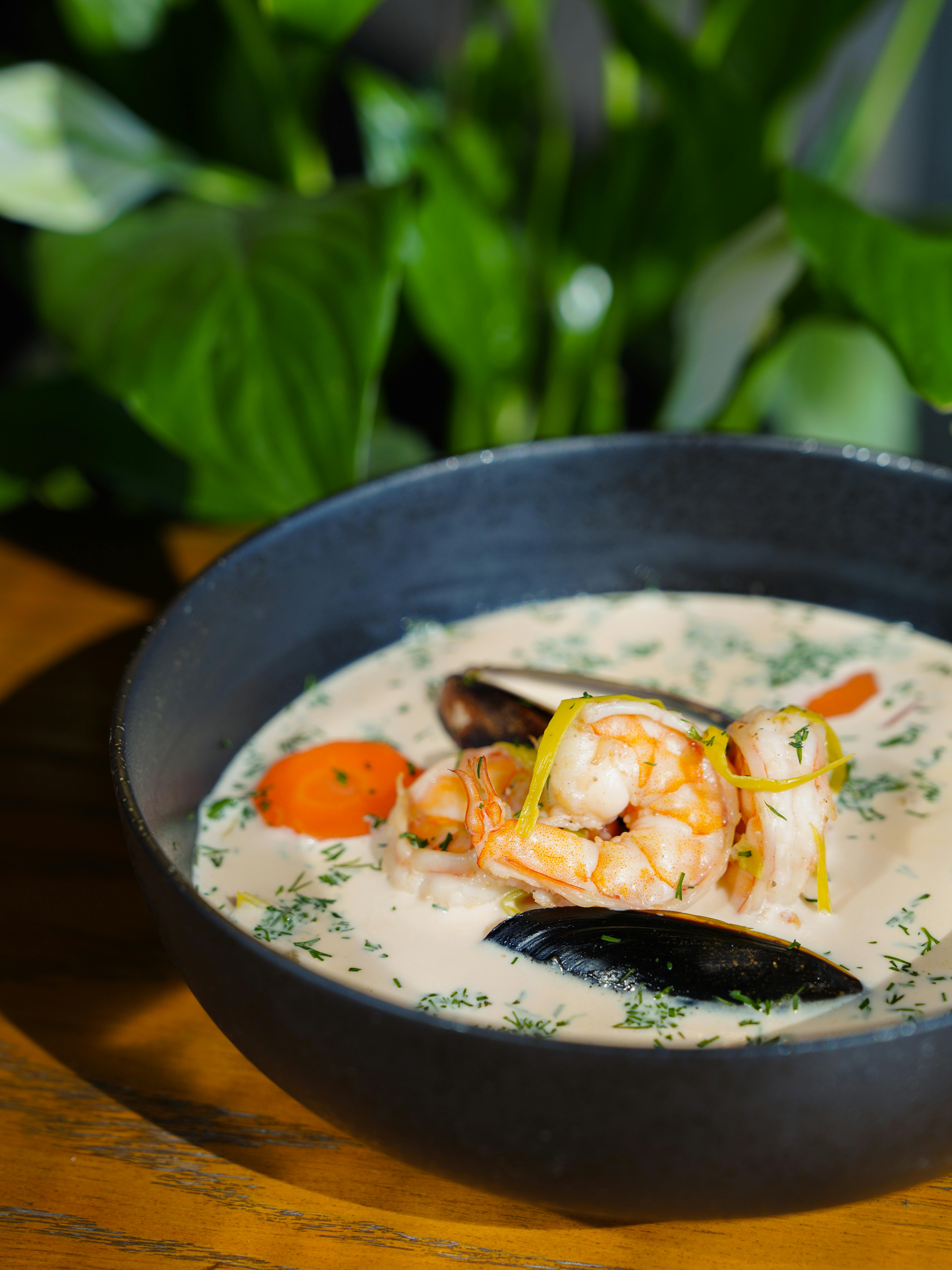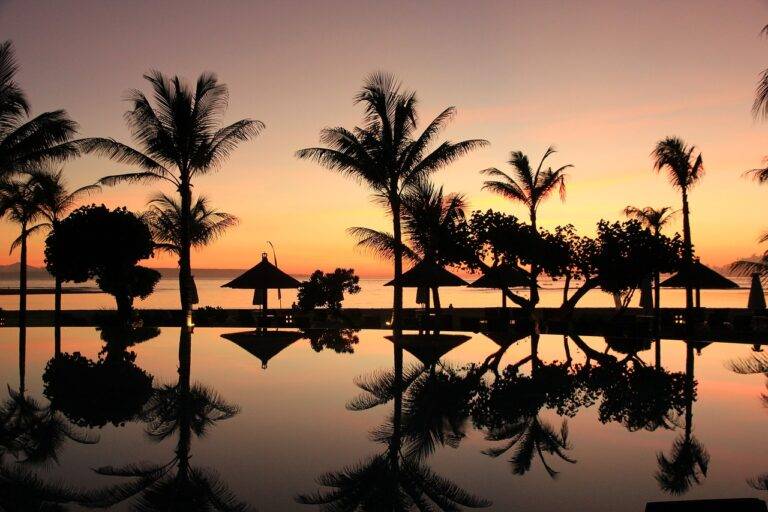Explore Best Destination
Discover our travel blog for inspiring stories, tips, and guides. From hidden gems to cultural experiences, we cover it all to fuel your wanderlust and help you plan unforgettable adventures!
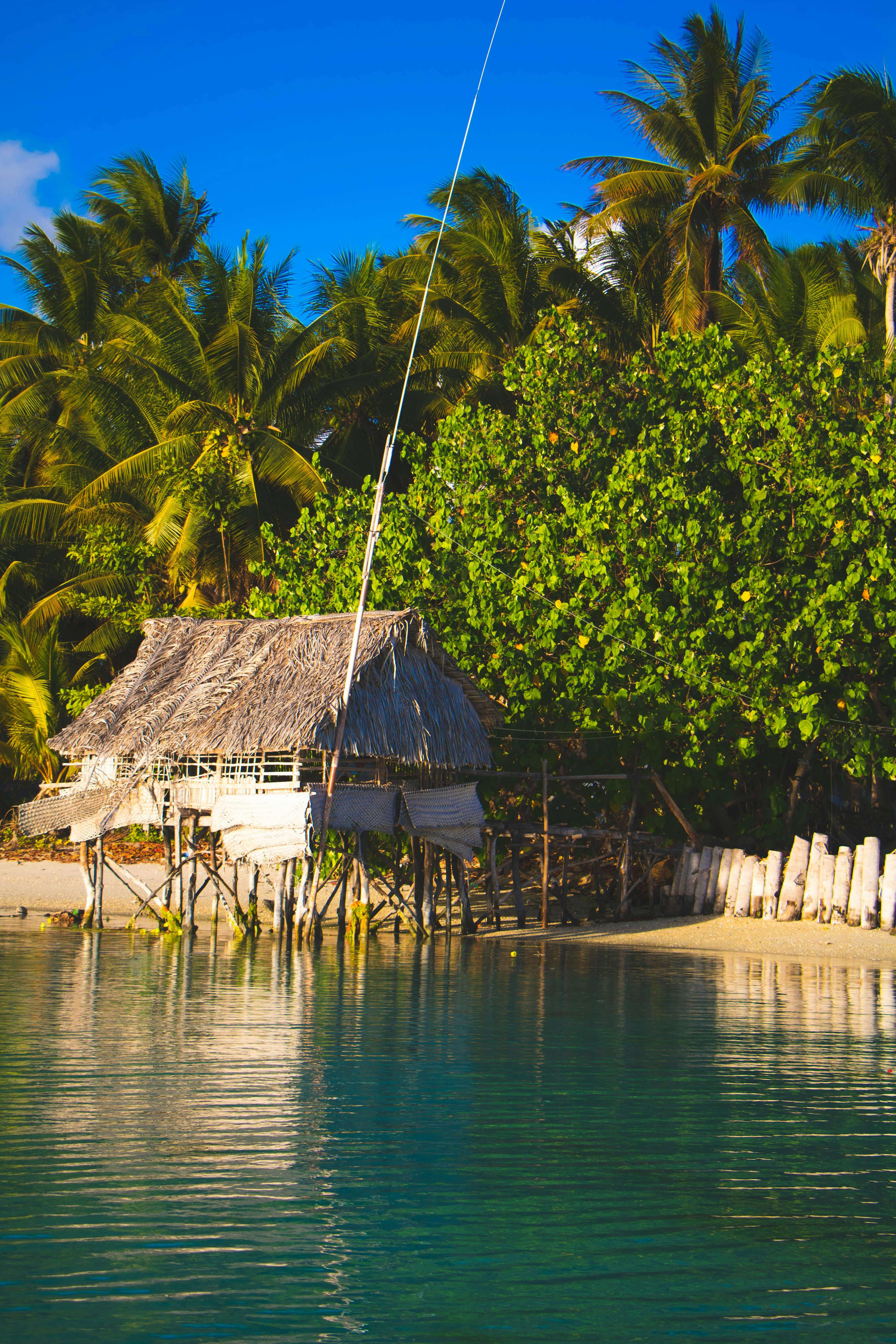
Explore Kiribati: A Remote Island Paradise in the Pacific Ocean
Tucked away in the central Pacific Ocean, Kiribati is one of the world’s most remote and least-visited countries. Made up of 33 small islands spread across over 3 million square kilometers of ocean, Kiribati is a tropical paradise with a fascinating history and vibrant culture. For those looking for an off-the-beaten-path destination with pristine beaches, rich marine life, and untouched landscapes, Kiribati offers a unique and peaceful escape.
1. Stunning Natural Beauty
Kiribati’s geography is unique. Comprised of low-lying atolls and coral islands, the archipelago is surrounded by crystal-clear waters, vibrant coral reefs, and powdery white sands. The beauty of South Tarawa, the capital island, is characterized by its serene lagoons and stunning coral gardens that are perfect for snorkeling and diving. Nature lovers can also explore Kiritimati Island (Christmas Island), the largest coral atoll in the world, known for its birdwatching opportunities and pristine natural beauty.
Kiribati is home to several marine sanctuaries, making it a prime destination for eco-tourism. Its waters are teeming with tropical fish, sea turtles, and marine mammals. The Phoenix Islands Protected Area, one of the world’s largest marine protected areas, is a UNESCO World Heritage site and offers visitors a rare glimpse into an untouched marine ecosystem.
2. Rich Cultural Heritage
Despite its isolation, Kiribati has a rich cultural history, with traditions that date back centuries. The Kiribati people are known for their strong connection to the ocean, and their way of life revolves around fishing, navigation, and craftsmanship. Visitors to Kiribati can experience local traditions such as traditional dances, songs, and crafts. These performances often celebrate the country’s connection to the sea and its unique way of life.
In addition, the irokoi (traditional chiefs) play an essential role in guiding local customs, and many villages still uphold these traditions. Local festivals such as the Te Maeu ni Kiribati (Kiribati Independence Day) offer visitors a chance to experience the cultural vibrancy of the islands through music, dance, and storytelling.
3. Eco-Tourism and Sustainable Travel
Kiribati is an emerging destination for eco-tourism, with an increasing focus on sustainability and conservation. Given its vulnerability to climate change, particularly rising sea levels, the islands are increasingly dedicated to preserving their natural environment. Responsible tourism practices are encouraged, with many eco-lodges and tour operators offering sustainable travel experiences.
Visitors can take part in conservation initiatives, such as reef restoration projects, wildlife protection, and educational programs about climate change and its impact on the island nation. These initiatives give travelers an opportunity to contribute to the preservation of Kiribati’s unique environment while enjoying its beauty.
4. Adventure and Water Sports
For the adventure-seeker, Kiribati offers numerous opportunities for water sports. The islands are a haven for diving and snorkeling, with coral reefs that are home to a variety of marine species, from colorful fish to majestic manta rays. Fishing is also popular, and visitors can try their hand at big-game fishing in the deep waters surrounding the atolls.
Kiribati’s beautiful beaches provide perfect spots for relaxation, while its remote location offers a sense of peace and seclusion rarely found in more developed tourist destinations. Additionally, visitors can explore the islands on foot, by bicycle, or by boat, discovering hidden coves, lush coconut palms, and charming local villages along the way.
5. History and World War II Legacy
Kiribati also holds significant historical importance, particularly in relation to World War II. The islands were strategically important during the war, and Tarawa Atoll is the site of the famous Battle of Tarawa, one of the most intense battles in the Pacific Theater. History enthusiasts can visit war memorials, cemeteries, and remnants of war bunkers, as well as learn about the island’s pivotal role in the conflict.
6. Best Time to Visit Kiribati
Kiribati enjoys a tropical climate, with warm temperatures year-round. The best time to visit is during the dry season, from April to November, when the weather is sunnier and less humid. However, the islands can be visited at any time of year, although travelers should be mindful of the possibility of tropical storms during the rainy season (December to March).
Conclusion
Kiribati is a hidden gem in the Pacific, offering travelers an authentic and tranquil experience away from the hustle and bustle of more popular destinations. Whether you’re looking for stunning natural landscapes, rich cultural heritage, eco-tourism opportunities, or adventurous water sports, Kiribati promises a once-in-a-lifetime journey. Discover the untouched beauty and welcoming spirit of this island paradise, and explore a part of the world that remains largely unspoiled by modern tourism.

Related Posts
Tag List
Adventure / Climbing / Hiking / Photography / Adventure / Tracking / Travel
Follow Us
- linked In
- google+
- YouTube


